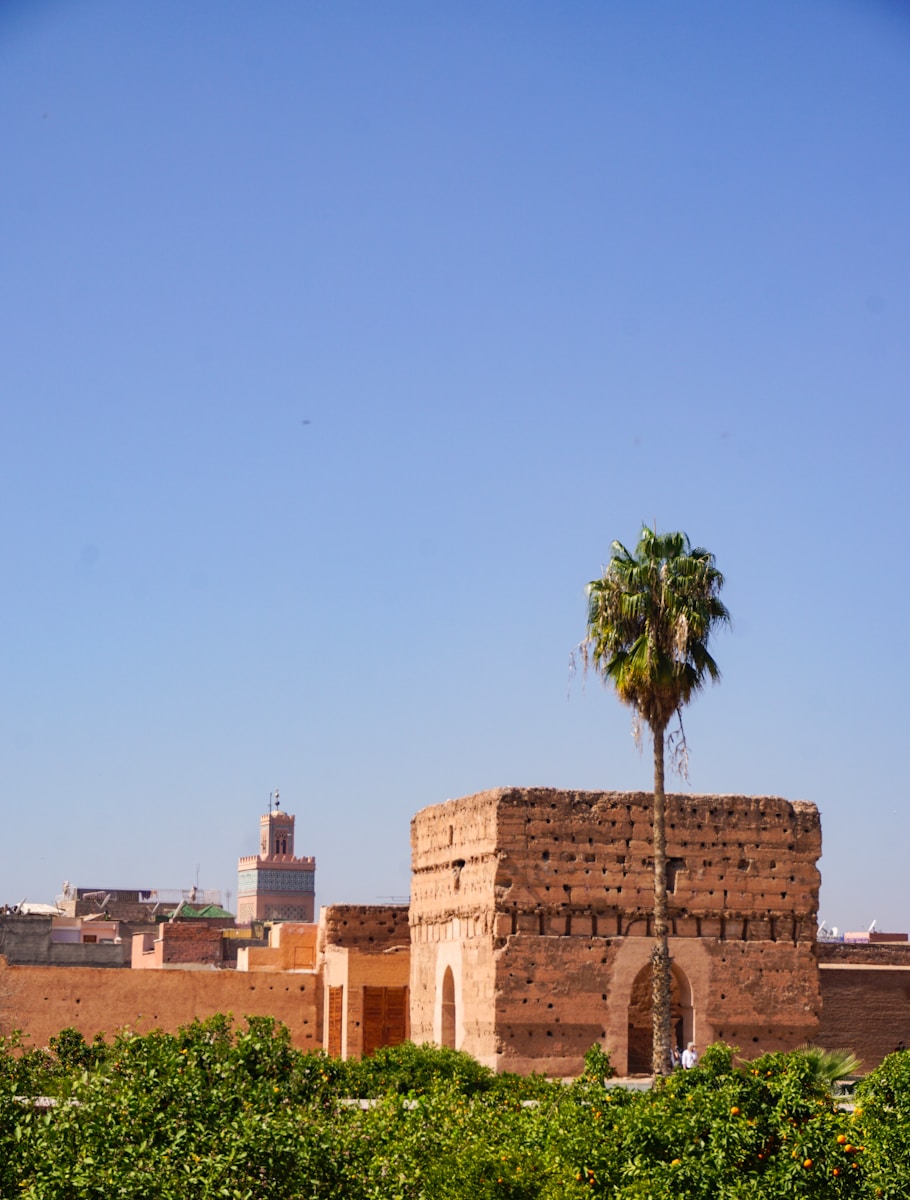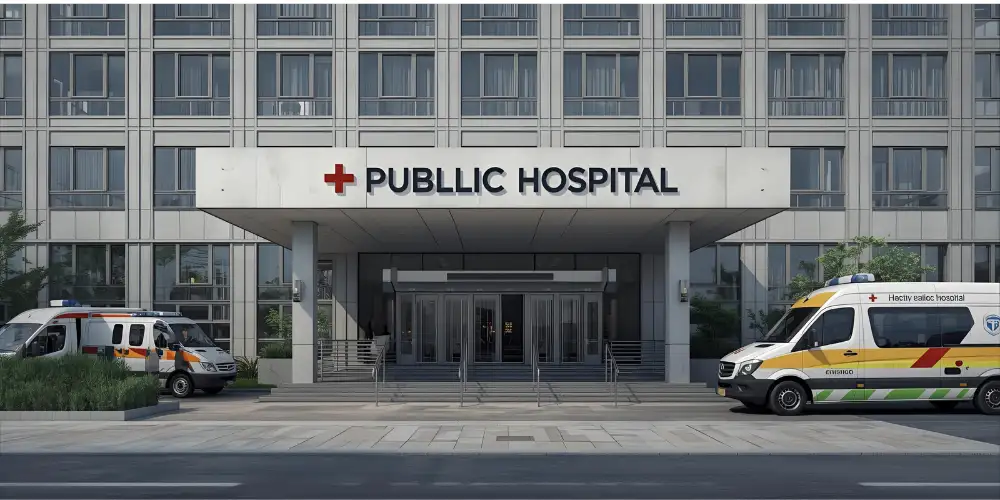Sudan 2025: Capital Under Siege and the Politics of Permanent Displacement
Sudan 2025: Capital Under Siege and the Politics of Permanent Displacement
Title: Sudan 2025: Khartoum Under Siege and the Politics of Permanent Displacement
Description: An in-depth analysis of Sudan’s ongoing crisis in 2025, focusing on the humanitarian disaster, political fragmentation, and the enduring displacement of millions.
Sudan 2025: Khartoum Under Siege and the Politics of Permanent Displacement
As Sudan enters its third year of conflict, the capital city of Khartoum remains a focal point of devastation. The war between the Sudanese Armed Forces (SAF) and the Rapid Support Forces (RSF), which began in April 2023, has led to widespread destruction, a fractured political landscape, and a humanitarian crisis of unprecedented scale.
The Siege of Khartoum
Khartoum, once a bustling metropolis, now lies in ruins. The city has experienced intense fighting, leading to the destruction of critical infrastructure, including power grids, water treatment facilities, and hospitals. The United Nations has described the situation as a catastrophe on a “staggering scale and brutality,” with civilians bearing the brunt of the violence.
Despite the Sudanese army regaining control over parts of Khartoum, the city remains besieged. The RSF continues to launch attacks, and humanitarian aid is often blocked or delayed, exacerbating the suffering of the civilian population.
Political Fragmentation and Rival Governments
The conflict has led to the emergence of two rival governments. The SAF controls northern, eastern, and central Sudan, including Khartoum, while the RSF dominates Darfur and parts of Kordofan. The RSF has formed a parallel administration, intensifying fears of a lasting split similar to South Sudan’s 2011 secession.
International recognition remains with the army, but both factions face internal disputes and external diplomatic pressure. The ongoing power struggle has further complicated efforts to achieve peace and stability in the country.
The Humanitarian Crisis
The humanitarian situation in Sudan has reached catastrophic levels. Over 11 million people have been displaced, making it the world’s largest displacement crisis. More than 24 million people are facing acute food insecurity, with famine confirmed in several regions. The health system is in collapse, with 80% of hospitals in the worst-hit areas not functioning.
Children are particularly affected, with over 3 million at risk of acute malnutrition. The conflict has also disrupted education, leaving 17 million children out of school. The United Nations has warned that funding cuts are pushing Sudanese children toward irreversible harm.
The Politics of Permanent Displacement
The ongoing conflict has created a situation where displacement is becoming permanent for many Sudanese. The destruction of homes and infrastructure, coupled with the lack of security and basic services, has made return impossible for millions. The International Organization for Migration (IOM) reports that over 11.5 million people are internally displaced, with many living in overcrowded and unsanitary conditions.
The prolonged displacement has led to a loss of livelihoods, education, and access to healthcare, trapping individuals and families in a cycle of poverty and vulnerability. The political fragmentation and ongoing conflict further hinder efforts to address the needs of displaced populations and facilitate their return.
International Response and Challenges
The international community has struggled to respond effectively to the crisis in Sudan. Humanitarian aid has been insufficient, with only 23% of the \$4.16 billion global response plan funded. The rainy season has further complicated aid delivery, rendering roads impassable and limiting access to affected areas.
Diplomatic efforts have also faltered, with peace negotiations failing to yield a lasting ceasefire. The United Nations has called for sustained and urgent attention to the crisis, emphasizing the need to stop the flow of arms into the country and to provide humanitarian assistance to those in need.
Conclusion
The situation in Sudan in 2025 presents a complex and multifaceted crisis. The siege of Khartoum, political fragmentation, and the humanitarian disaster have created a perfect storm of suffering and instability. The politics of permanent displacement have left millions of Sudanese without a home, without hope, and without a future.
The international community must act decisively to address the root causes of the conflict, provide humanitarian assistance, and support efforts toward peace and reconciliation. Without a concerted and sustained response, Sudan risks descending further into chaos, with devastating consequences for its people and the region.
For more news: https://africaciviclens.com/
External Links: https://amaniafrica-et.org/briefing-on-the-situation-in-sudan-august4-2025/




